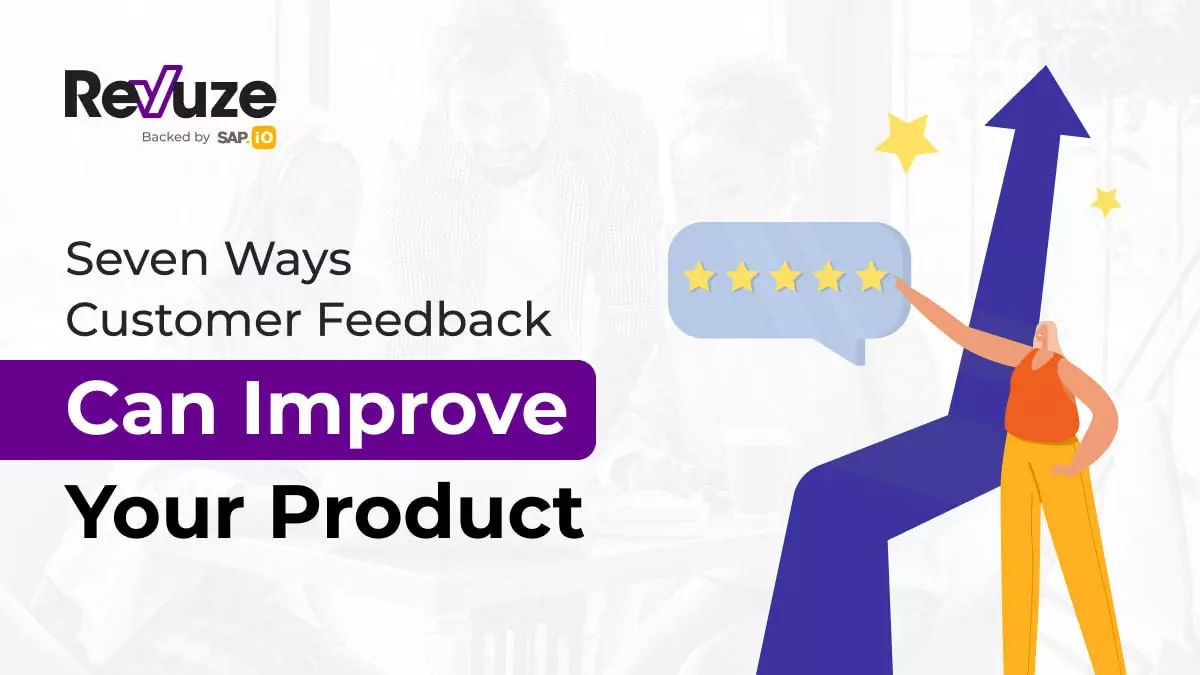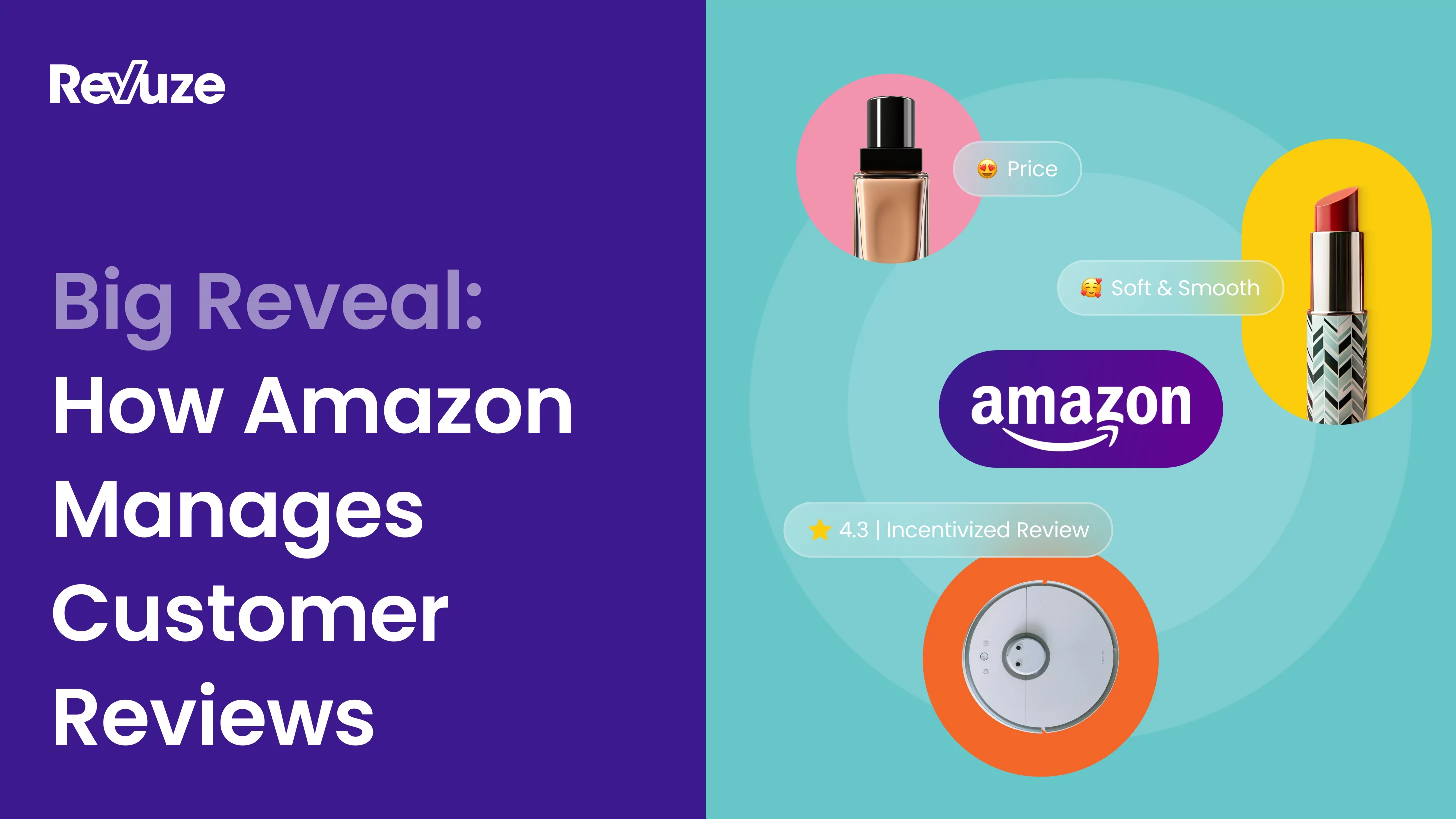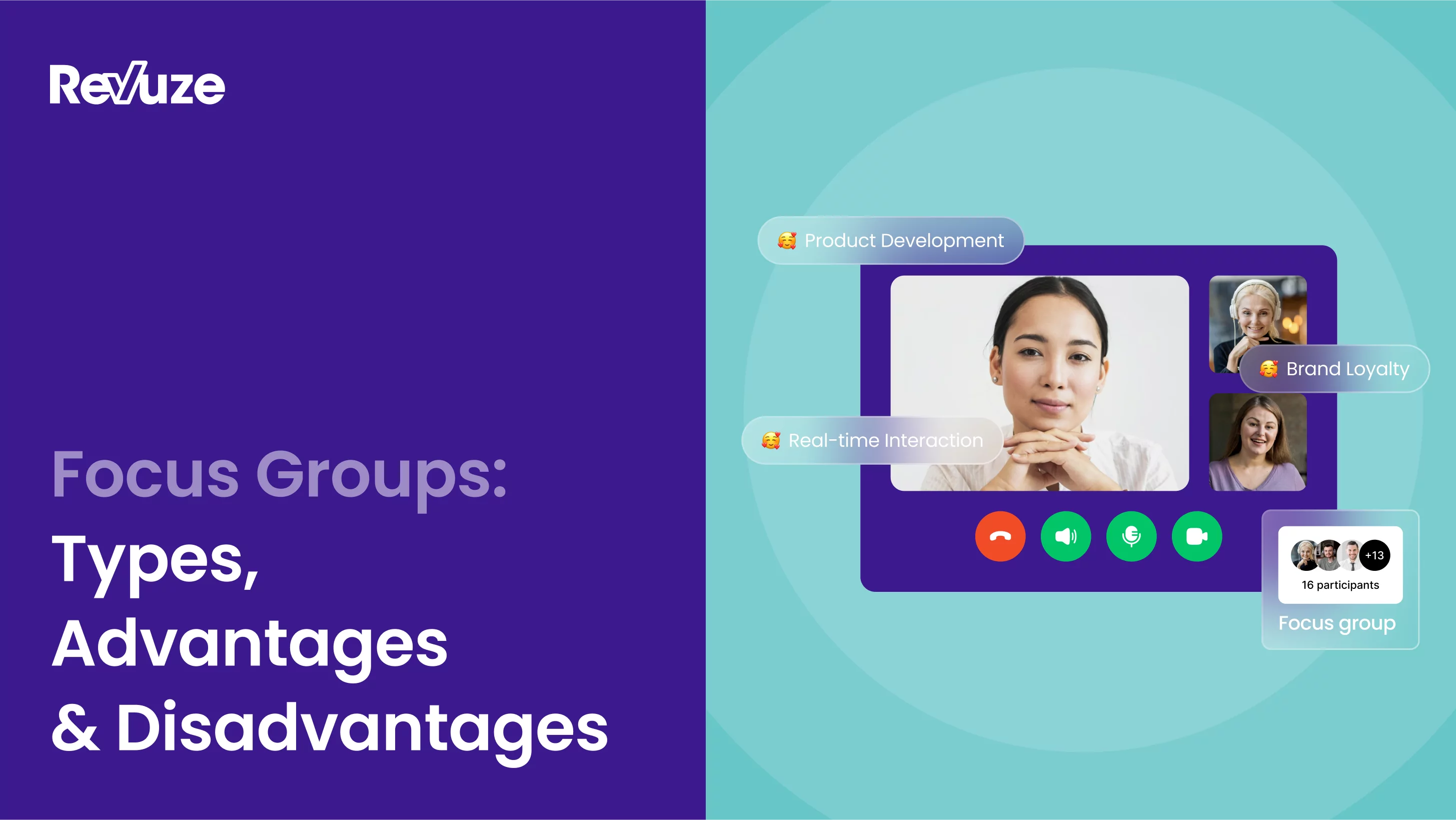
Customer feedback is crucial in today’s market; consumers want to feel listened to and valued by the brands they interact with. Customer feedback allows you to see into the minds of your target demographics, as it provides you with precious information about what they want from you and how you might go about providing that in your products and services.
This is incredibly useful when building new enterprises and products. Of course, it’s usually not possible to fulfill the needs of every single consumer that you might come across, but general trends and patterns in feedback you receive can help greatly in providing the vast majority of your customers with a great experience.
What Is Customer Feedback and How Do You Use It?
Customer feedback is anything that customers give you after they’ve completed their journey, from idle comments to a list of grievances. It’s best utilized when you have a lot of it but smaller ranges can come in handy too, especially if they’re more detailed. Ultimately it’s all about spotting ways in which you can improve your product and in what ways to do so.
Feedback can come in many shapes and sizes; that may include online reviews on Amazon and other retail websites, or feedback that you request, such as surveys and tick-box questionnaires. In the latter, the information is easier to parse through, but it’s still a lot of data to trawl through to identify patterns. Software and automation can help there, doing things much faster than a human ever could.
How To Get Feedback From Your Customers
If you ask the average person how often they leave feedback, the answer is likely to be “almost never.” Giving feedback is something that takes time and energy, so most consumers won’t think about it unless there’s a particularly strong feeling involved — bad experiences will make up a lot of your feedback! However, you shouldn’t be disheartened by this, as customer service feedback is supposed to help you improve your customer experience (CX) after all, so take it as an opportunity to learn.
Therefore, the question is: how can you collect feedback from your customers if most won’t even think about it? The short answer is that it’s best to reach out to them.
Surveys and requests that are automatically emailed a short time after an online purchase are a good example of a non-intrusive way to get feedback. However, a lot of the time people will simply dismiss this kind of communication, so adding an incentive can boost your feedback numbers. Maybe it’s a chance to win a prize, maybe it’s a discount on their next purchase – a tactic which also encourages more business so it’s a win-win! Never underestimate the power of a good bribe to get consumers interested in giving you your feedback.
Seven Ways To Use Customer Feedback
Once you’ve got your feedback, analyzed it and found the patterns inside the next question is what to do with it? You need some kind of plan to utilize your newfound knowledge into the consumer mind and it’s not always easy to know where to begin. Below are a few tips and tricks for using your customer feedback effectively.
1. Improving Your Customer Support (CS)
Speed and precision are the name of the game in customer support services (CS), with increasing numbers of consumers expecting quick fixes and support staff who know their products inside and out. WIth today’s technology giving access to seemingly unlimited amounts of information at the press of a button it’s no surprise that people are impatient. Having a database of common customer complaints can help speed things up greatly, with solutions being merely a click away. Of course, not every customer is going to take the time to read such information, so having your support staff “read the manual,” so to speak, is a good shout.
2. Taking Your Customer Experience (CX) to the Next Level
A single bad step in a customer journey can often tarnish the entire experience from the consumers’ perspective. This is bad for multiple reasons but don’t fret, it’s more than possible to rectify problems. Negative reviews of your products, services, website, customer support, etc. can be utilized to make future customers have a better time. You should focus on areas where multiple reviews point out a single flaw as that indicates a pattern, and is far more likely to mean you have a flaw in your processes than a simple error or miscommunication occurred.
3. Specialization and Branching Out
Patterns in consumer desires can lead to improvements but of course not everyone is going to want the same thing, people are different after all. If you spot trends of requests or complaints that point to different areas what can you do? You’ve only got one product after all – that’s until you don’t! Specialization is about finding niche areas that you can improve on to boost interest, marketing to more than one demographic by improving your products or services to better suit the needs and desires of said demographics. Some businesses only target one demographic and specialize hard but that comes with it’s own risks and is not recommended unless you know for sure you have a market.
4. Informing Other Buyers
Advertisements were once a new and interesting thing to see, whether on television, in papers or online. Nowadays though the general public is clued into the tactics and techniques that advertisers use in order to make their products seem the best possible, and are far more skeptical when it comes to making purchase decisions based on adverts alone — they know they’re exaggerated and don’t show you the drawbacks. Consumers instead will put their trust in others of their kind, reading reviews and ratings before purchase in order to get a better idea of what quality they can expect. Making your feedback accessible and placing it in a format that’s easy to read is crucial for letting potential customers choose your brand.
5. Making Business Decisions
Feedback from your customers can inform your business decisions too, not just changes to your products or services. From the way your organization is structured to the next big change to your advertisement strategy it’s important to know your target audience, how they perceive you and how they perceive your competitors too. Evaluating the feedback you receive can offer great insights into how to best alter your day to day running in order to give customers the best experience possible, while also providing information on things that are working just fine as is by the absence of negative reviews in that area.
6. Promoting Product Changes
People like to know that they’re being listened to. You need to let your customer base know that you’re listening to them and change the way you do things according to their desires. It’s a cycle, with the reviews and feedback becoming the basis for the next changes that you make in order to improve your product or service over time. Be sure to let your customers know about the changes you’ve implemented in the latest versions, and listen to the feedback that you get on these new changes – rarely does anyone get things absolutely perfect on the first attempt! It’s an ongoing process in a lot of cases, with improvements never quite being “done”. Your launch plan for any new versions should always include responses to feedback.
7. Product Innovation
Product innovation is important if you want to survive in today’s fast-paced market. It’s based on a series of questions that you can ask yourself about your product or service in order to determine whether you’re offering something fresh or if you’ll get drowned out in a sea of look-alikes. The feedback can inform you on whether the product is relevant to your target demographic, whether it’s better than its competitors, and whether or not you can make it obvious that the first two are true. This type of feedback can help you find niches in the market that are yet to be explored! An innovative product is one that brings something new to the table, and feedback certainly helps in that regard by allowing you to spot gaps in the market or see things that your competitors aren’t offering that you could bring to the table.
 All
Articles
All
Articles Email
Analytics
Email
Analytics








 Agencies
Insights
Agencies
Insights